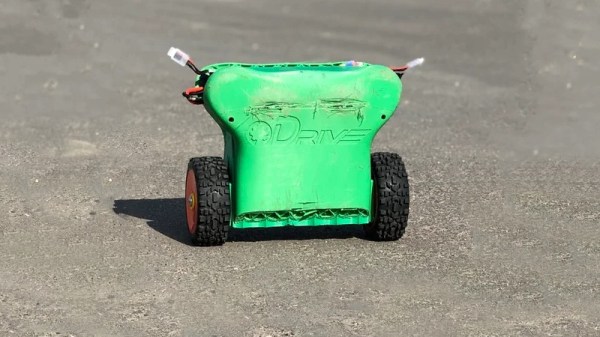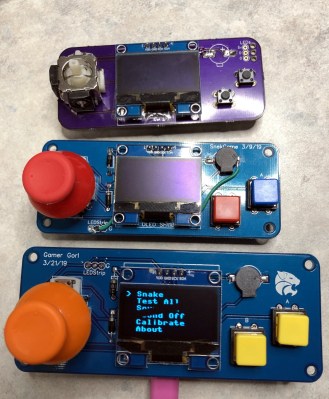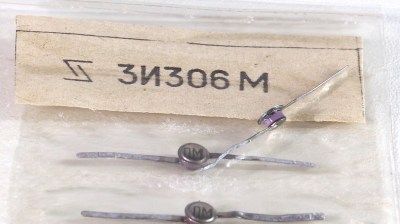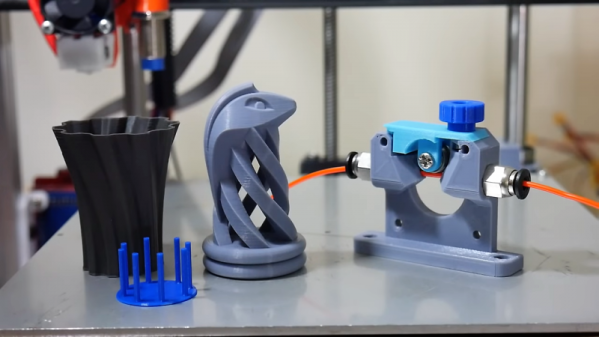Played against humans, Poker is a game as much about reading your opponent as it is about the cards you’re dealt. That doesn’t mean there aren’t certain mathematical ways to aid your decision making based on probabilities. In this vein, a group of students from Cornell’s ECE 5760 class built a pokerbot on an FPGA.
The bot uses the principle of Monte Carlo simulation to calculate the probabilities of an individual winning a hand of Limit Texas Hold’em. Calculating the entire set of possible hands is impractical, so in a Monte Carlo simulation a sample is calculated instead. By accelerating these calculations on an FPGA, the pokerbot is able to calculate 300,000 possible hands in just 150 ms, and present a probability of winning to the human player. This same calculation method is then used to make decisions for the computer players in the game, too.
The team report that the FPGA’s processing power brought a 10x speed up compared to their C++ program running on an Intel i7-6700HQ. The strong statistical calculations help to make the computer players engaging and realistic to play against.
It’s another great example of a project from Bruce Land’s classes, which are somewhat of a hotbed of development each year. Video after the break.
Continue reading “PokerBot Uses FPGA For Card Calculating Horsepower”






















